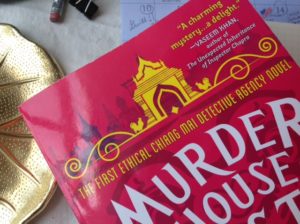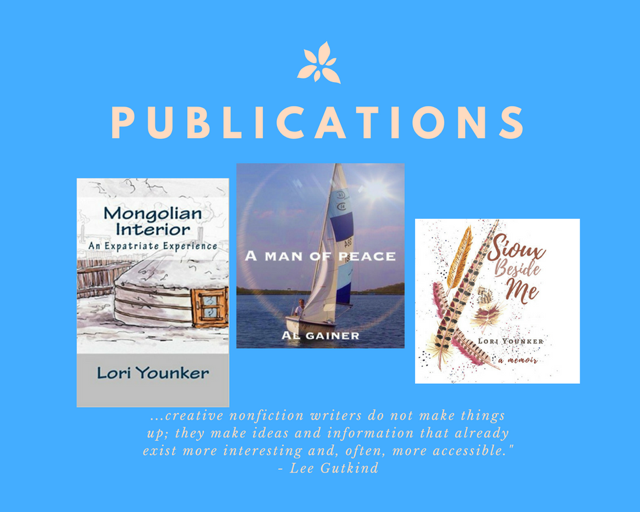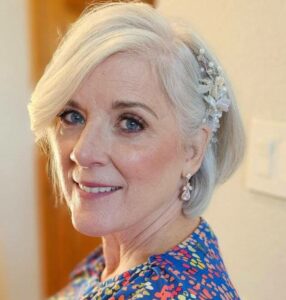It’s not often I actually finish a book. It’s true of both my writing and reading habits. It takes me a year or many years to finish writing a book and to prepare it for publishing. For reading, I confess there are so many distractions, and I rarely find a book that I love.
Recently I found Murder at the House of Rooster Happiness, by David Casarett. In his novel, I found a lovable nurse, the protagonist who becomes a reluctant detective.
How many of us have frequented a Thai restaurant and truly understood that the entre’ set before us symbolized the soul of Thailand? Well, food and thinking about what she’ll eat for a sit-down meal at the end of the workday is part of our protagonist, Ladarat’s charm. Right from the second chapter our mouth waters:
No sooner had she reached this gratifying conclusion than her mind began to wander—entirely of its own accord—out the front door of the Sriphat Hospital. Down the wide, grand stone steps, it went around the meandering driveway, and to the options for a snack that would be appropriate to the occasion.
In giddy anticipation, her hopeful mind wandered along the row of stalls that were reliably arrayed along the west side of Suthep Road. At the first cart there was khao neow ma muang—perhaps the simplest Thai dessert (Khanom)—slices of sweet, overripe mango on top of a small mound of sticky rice and drenched with rich coconut syrup. Or perhaps khanom jark—coconut meat and palm sugar wrapped in a palm leaf and grilled until the coconut and sugar were fused into an intensely sweet toasted candy. Or khao neow dam—black sweet sticky rice smothered in finely shredded coconut. Or…
Ladarat can’t keep her mind on her work. She makes a “virtuous choice” for khao neow dam when the knock on the door ushers in her assistant.
Let’s think about why David’s style works so well.
(1) First of all, he doesn’t just tell us about the food, he shows us where we can buy it, the setting in which we would find it. We feel ourselves walking to the foot cart on the street through Ladarat’s daydream.
(2) This brings us to the second reason it works, he uses real names for real places or at least we think they are real places. Being specific makes the narrative “real” and appealing to those of us who crave cultural connections.
(3) Above these two reasons, we have the heart of why all this “food talk” works. The information about food is embedded in Ladarat’s interior dialogue, her thinking patterns, right in the “moment” that she would be thinking about food.
(4) Moreover—ooh, a chance to use that slippery transition word—it works because of the use of the Thai language in italics, in phonetical easy-to-read lettering. Yet, he doesn’t overuse foreign language references. David doesn’t give us the Thai name for every other item in the daydream, i.e. the food cart.
(5) Lastly, his choice to linger on the descriptions of Thai food works because we all like to eat! He appeals to our sense of taste which is not easily done by most writers. Here in David’s novel, we look forward to each and every mention of Thai snacks and delicacies.
Let’s eat! Or should I say, Let’s read!
More on David Casarett’s Murder at the House of Rooster Happiness
TONE SETTING–an illustrated explanation of how David chose words well
Back to Writing Tips
Continue Module 5, Research & Presenting Evidence: Start with the Familiar



